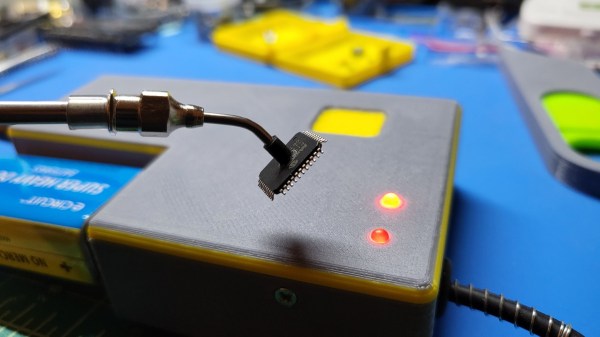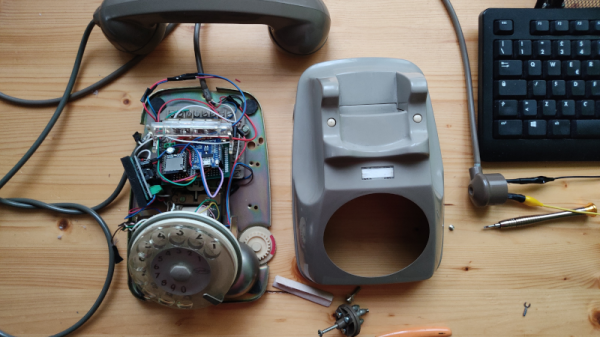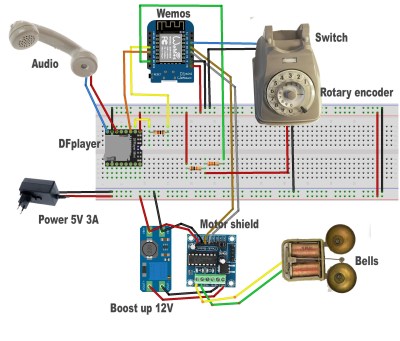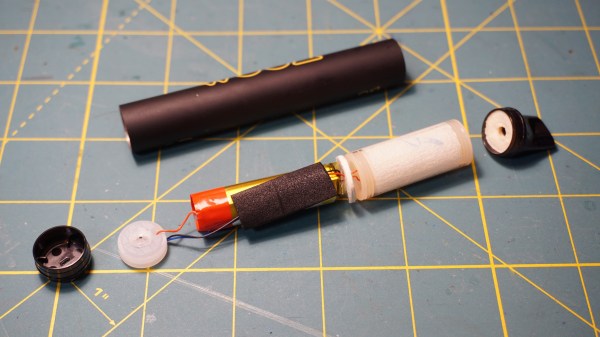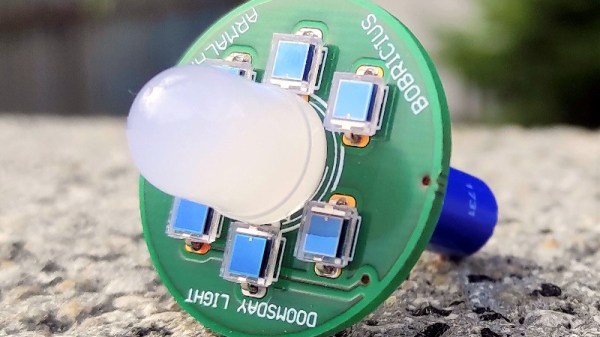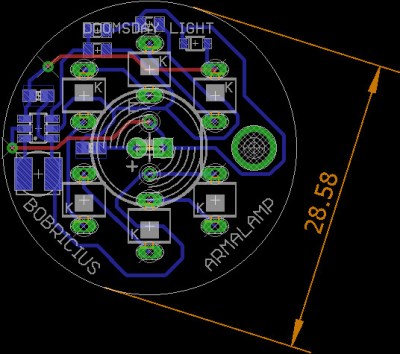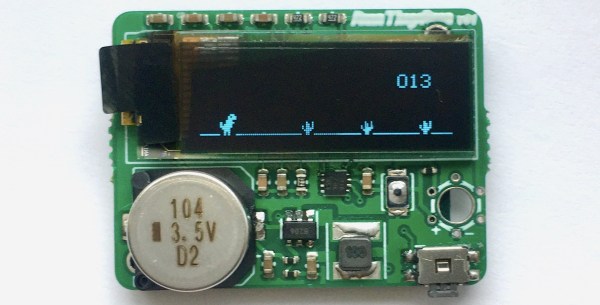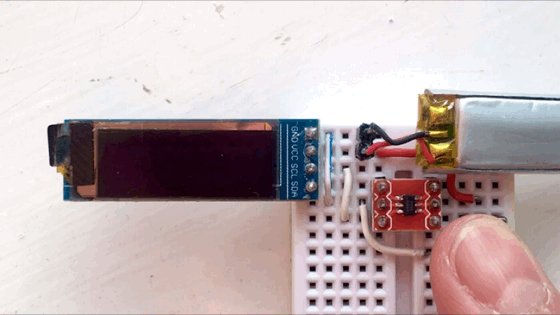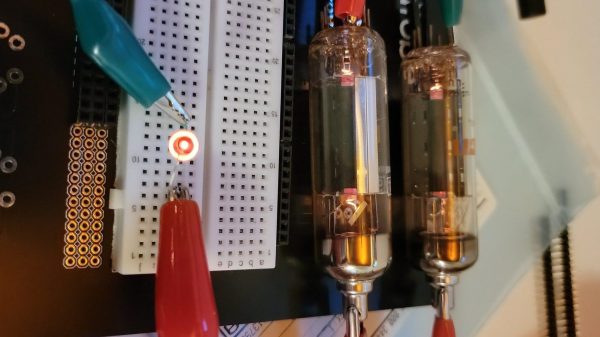The problem with good inventions is that we usually end up with way too many of that particular widget lying around, which can cause all kinds of problems. Take the car tire, for instance. They were a great invention that helped spell the end of buggy whips and broken wagon wheels. But there are so many used-up tires about today that some people end up burning them in large piles, of all possible things.
Not [Vaibhav], who prefers to turn trash into utilitarian treasures. With little more than an old tire, some jute rope, and four plastic drink bottles, they made a sturdy, low-slung piece of furniture that could be used as a coffee table, a foot stool, or whatever life calls for.
Construction was fairly simple and involved stabilizing the hollow core with a round piece of cardboard glued to either side of the tire. Then came the jute rope and glue artistry, which hides any trace of the foundational materials. Finally, [Vaibhav] glued four plastic bottles to the bottom to act as legs. We think that steel cans would last longer and support more weight, but if plastic bottles are the only option, you could always fill them with dirt or sand.




